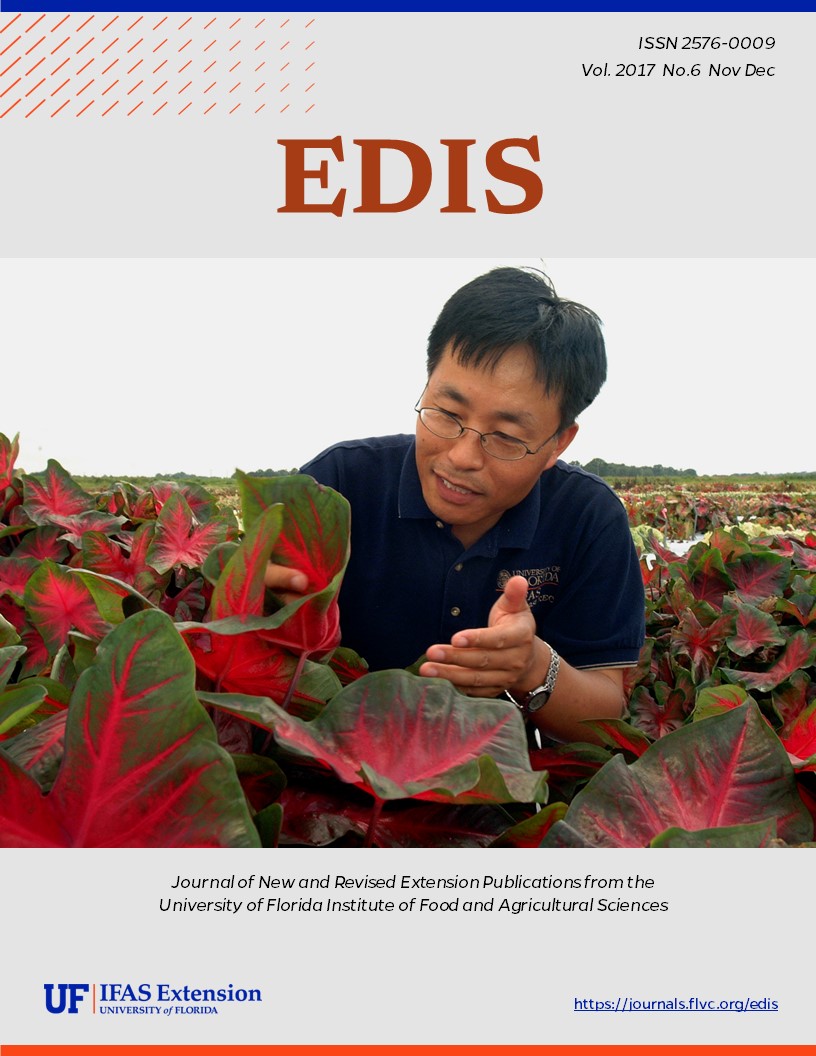Abstract
For many years peach orchards were limited to geographic areas with an adequate number of hours below 45 degrees Fahrenheit, during the colder months, also known as “Chill hours” (University of Florida, Institute of Food and Agricultural Sciences, 2017). In 1952, a stone fruit breeding program started at the University of Florida with a goal of breeding trees which would produce peaches and nectarines to grow in Florida (Olmstead, Chaparro, Anderson, Williamson, & Ferguson, 2016). In recent decades, horticulturalists have developed peach varieties requiring fewer chill hours. This trait now allows peaches to be commercially produced in Florida (Olmstead et al., 2016). Growing peaches in Florida has been identified as a practical option for citrus farmers who have lost groves to citrus greening. As a result, much of the peach production in Florida is centralized areas where citrus was once prevalent, Central and South Central Florida. However, there are also some peach orchards in North and North Central Florida (Olmstead et al., 2016).
The growing conditions in Florida, have given Florida peaches unique characteristics that make them an ideal spring-time snack. In this document, we will discuss the unique Florida peach, including its smaller size, seasonality, tree-ripened sweetness, and health benefits. Lastly, we will leave you with recommendations to keep your Florida peaches fresh as long as possible.
Unless otherwise specified, articles published in the EDIS journal after January 1, 2024 are licensed under a Creative Commons Attribution-NonCommercial-NoDerivs 4.0 International (CC BY-NC-ND 4.0) license.

